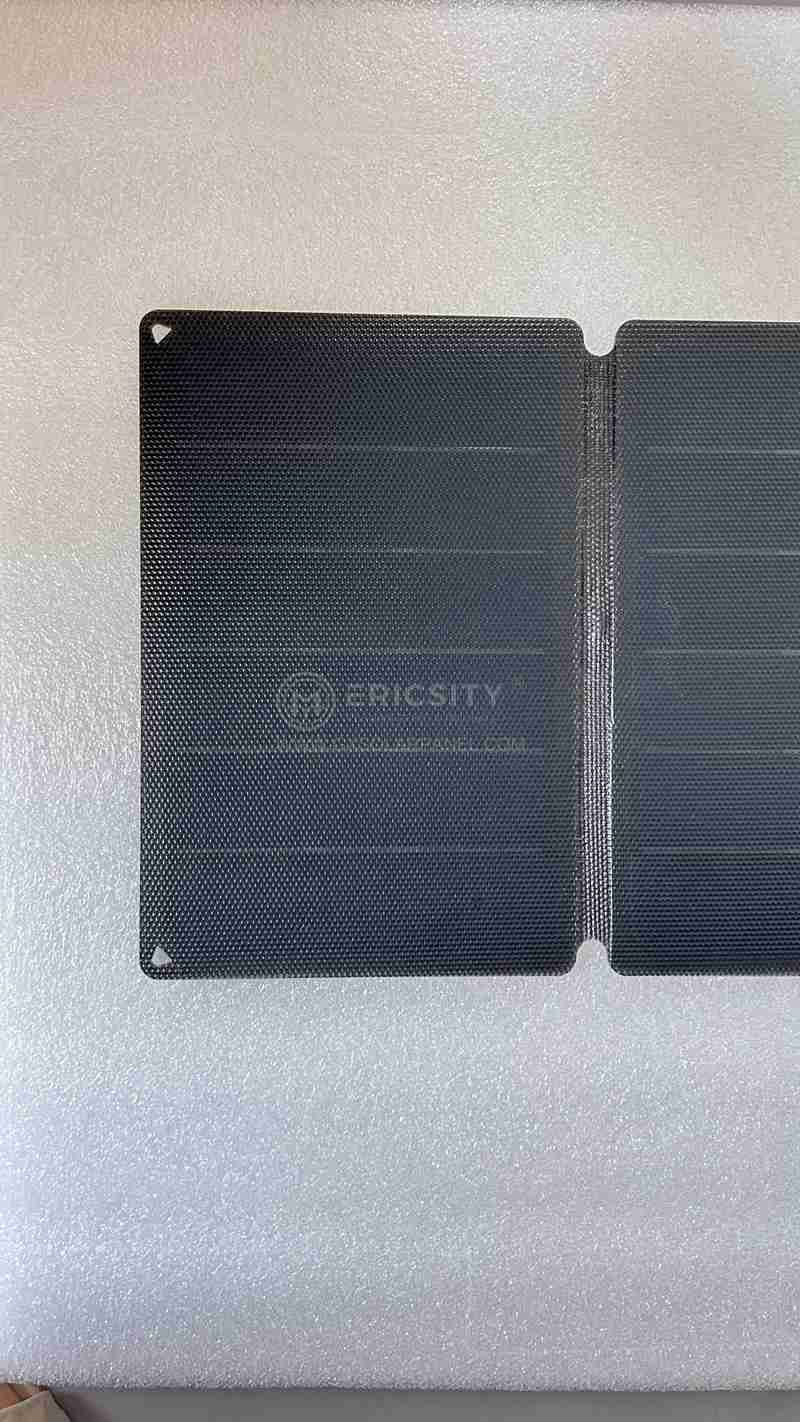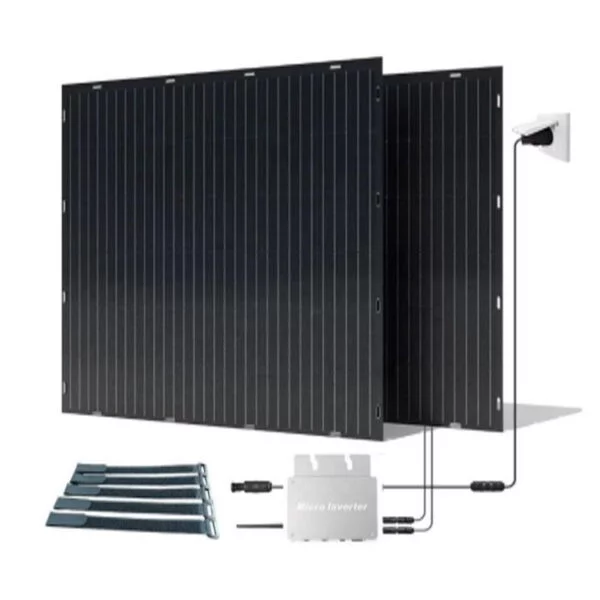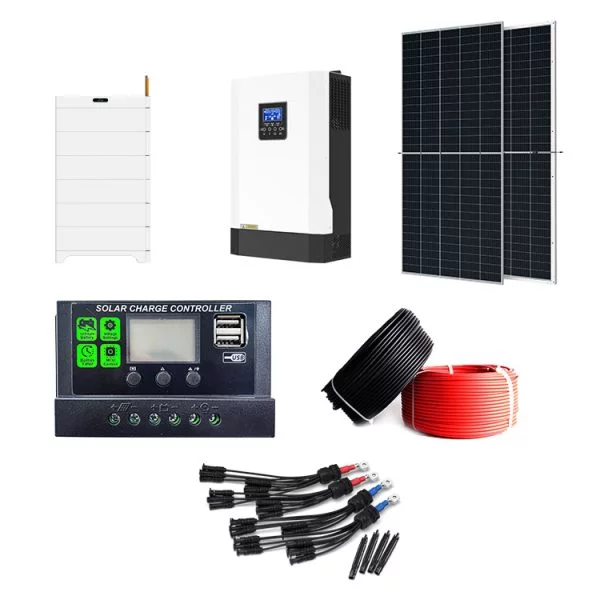HOT PRODUCT
Product Details
amorphous Flexible Solar Panels: Leading The Way In Renewable Energy
Amorphous Flexible Solar Panels: Leading The Way In Renewable Energy
Introduction:
As the world continues to strive for a sustainable future, renewable energy sources have become more crucial than ever. Solar power is one of the most abundant and readily available sources of renewable energy. However, traditional solar panels have limitations in terms of flexibility and adaptability. Here is where amorphous flexible solar panels come into play, revolutionizing the renewable energy industry. This article dives into the world of amorphous flexible solar panels, discussing their benefits, applications, and the role they play in leading the way towards a greener future.

Understanding Amorphous Flexible Solar Panels:
Unlike traditional crystalline solar panels, amorphous solar panels are made using thin-film technology. The thin-film material used in these panels consists of multiple layers containing amorphous silicon, which allows the panels to be much thinner and more flexible. This flexibility sets them apart from their rigid counterparts and provides numerous advantages in terms of installation and applications.
Benefits of Amorphous Flexible Solar Panels:
1. Flexibility: The primary advantage of amorphous flexible solar panels lies in their ability to conform to various surfaces and structures. This flexibility allows them to be integrated into a wide range of applications, such as curved surfaces, irregular shapes, and even textiles. This adaptability opens up new possibilities for harnessing solar energy in innovative ways.

2. Lightweight: Another key benefit of amorphous flexible solar panels is their lightweight nature. Traditional solar panels can be heavy and cumbersome, making installation challenging. However, the lightweight design of amorphous panels makes them easier to handle, transport, and install, reducing overall costs and labor.
3. Efficiency in Low-Light Conditions: Traditional solar panels rely on direct sunlight for maximum efficiency. Amorphous flexible solar panels, on the other hand, have been engineered to work efficiently in low-light conditions, such as cloudy days or shaded areas. This feature enhances their performance and makes them suitable for a wider range of environments.
Applications of Amorphous Flexible Solar Panels:
1. Building-Integrated Photovoltaics (BIPV): The flexibility and lightweight nature of amorphous flexible solar panels make them ideal for building integration. Such panels can be seamlessly integrated into building facades, windows, roofs, and other architectural components. BIPV not only generates renewable energy but also enhances the aesthetics of buildings.
2. Portable Solar Solutions: Portable solar solutions, such as solar chargers or backpacks, are becoming increasingly popular. Amorphous flexible solar panels offer a compact and lightweight alternative to traditional solar panels, allowing for easy transportation and charging on the go. These panels are also suitable for camping equipment, outdoor events, and emergency power supply.
3. Transportation: Amorphous flexible solar panels can be applied to various modes of transportation, including cars, buses, trains, and even bicycles. Integrating these panels in vehicles can contribute to their power supply, reducing reliance on traditional fuels and decreasing carbon emissions. Solar-powered transportation is a promising field, and amorphous flexible solar panels are at the forefront of this innovation.
Conclusion:
Amorphous flexible solar panels are revolutionizing the renewable energy sector with their flexibility, lightweight design, and efficiency in low-light conditions. From building integration to portable solar solutions and transportation, these panels have opened up new possibilities for harnessing solar power in innovative ways. As technology continues to advance, amorphous flexible solar panels are anticipated to become even more efficient, affordable, and widely adopted. With their potential to reshape the future of renewable energy, amorphous flexible solar panels are undoubtedly leading the way towards a greener and more sustainable world.




